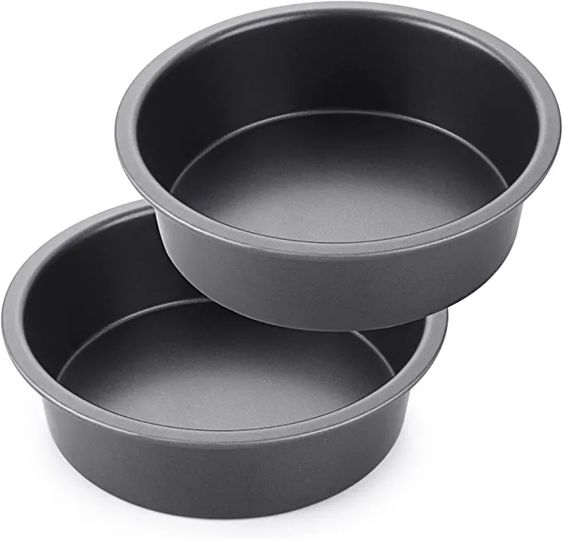Hello, baking enthusiasts! Today, we’re delving into the heart of every baker’s treasure trove – cake pans. Whether you’re a seasoned pastry chef or a home baker looking to elevate your cake game, a reliable cake pan is your trusty companion in crafting sweet masterpieces. Join us as we uncover the art and science of cake pans, exploring the types, features, and tips that will have you baking with confidence.
The Sweet Symphony of Cake Pans
Cake pans are not just vessels for baking; they are the canvas on which your baking dreams come to life. The right cake pan can make the difference between a good cake and a show-stopping dessert that delights the senses.
Types of Cake Pans
- Round Pans: The classic choice for layer cakes, round pans come in various sizes. Their uniform shape ensures even baking, and they are perfect for creating stunning layered creations.
- Square Pans: Ideal for sheet cakes and bar cookies, square pans offer versatility in both size and function. They are particularly handy for creating desserts that are easy to cut into uniform servings.
- Bundt Pans: With their distinctive ring shape, bundt pans add elegance to any cake. Their intricate designs make for beautiful centerpieces, requiring minimal decoration.
- Springform Pans: Perfect for delicate cakes like cheesecakes, springform pans have a removable bottom and a latch on the side. This design allows you to release the cake without damaging its structure.
Key Features to Look For
- Material Matters: Choose a cake pan material that suits your baking needs. Aluminum pans heat up quickly and are lightweight, while stainless steel pans are durable and resistant to rust.
- Non-Stick Coating: Non-stick pans make for easy cake release and hassle-free cleanup. Ensure to use silicone or wooden utensils to preserve the non-stick coating.
- Size and Depth: Match the pan size to your recipe, and consider the depth for certain cake types. Deeper pans are suitable for dense cakes, while shallower pans work well for lighter sponges.
- Heat Conductivity: Opt for pans with good heat conductivity for even baking. This ensures that your cake cooks uniformly, preventing uneven textures and flavors.
Baking Tips for Cake Perfection
- Prep Your Pans: Ensure your cake pans are properly prepared before pouring in the batter. Grease and flour round and square pans, or use parchment paper for easy release.
- Even Batter Distribution: For layer cakes, ensure an even distribution of batter to achieve uniform layers. Use a kitchen scale for precise measurements if necessary.
- Temperature Control: Invest in an oven thermometer to ensure your oven is accurately set to the right temperature. Baking at the correct temperature is crucial for achieving the desired texture and rise.
- Cooling Time: Allow your cakes to cool in the pan for a few minutes before transferring them to a wire rack. This prevents them from breaking apart during the removal process.

